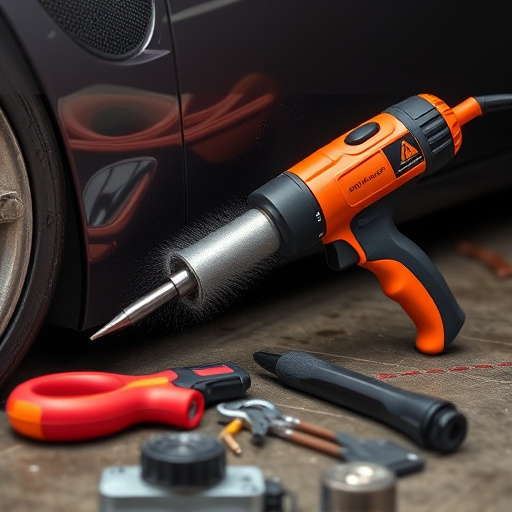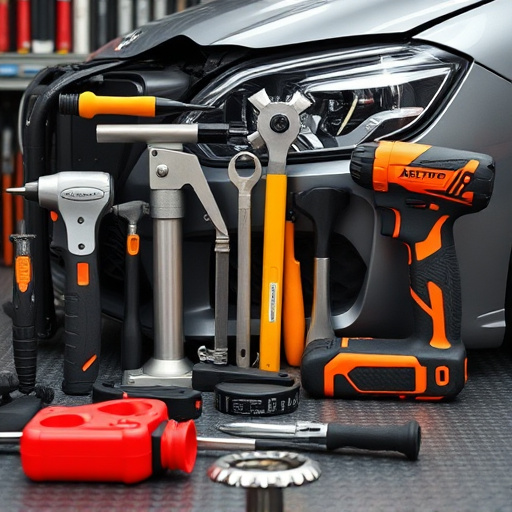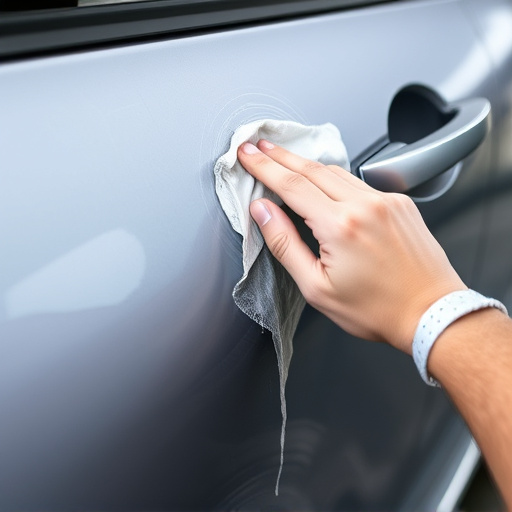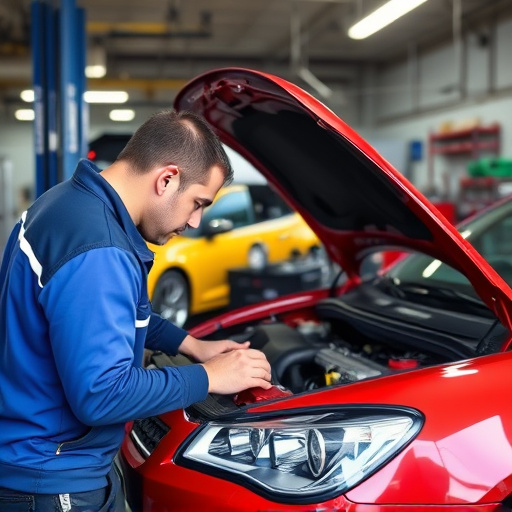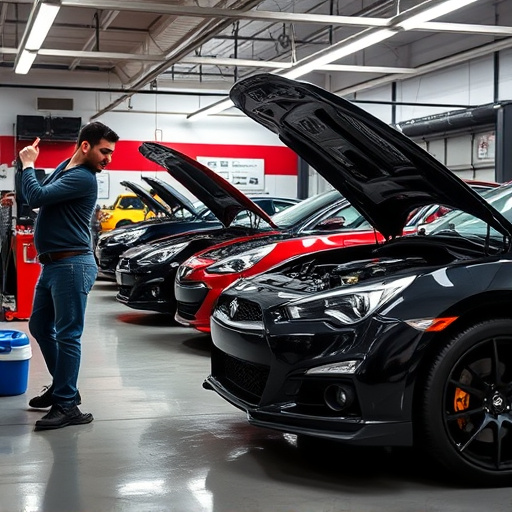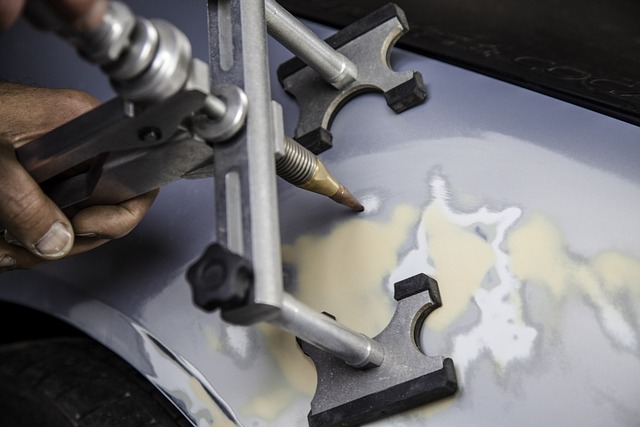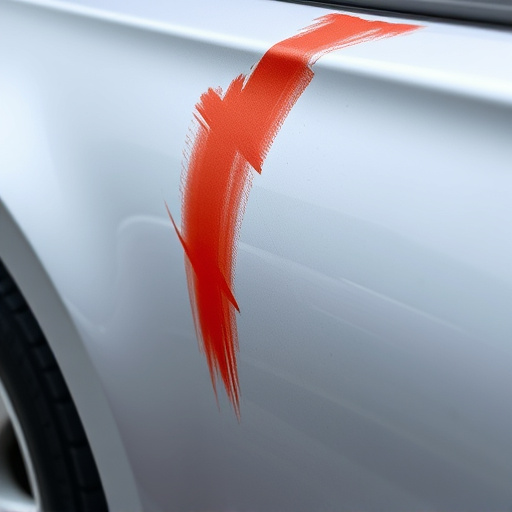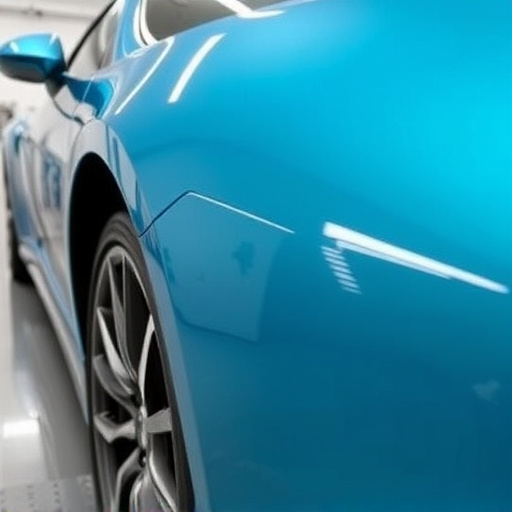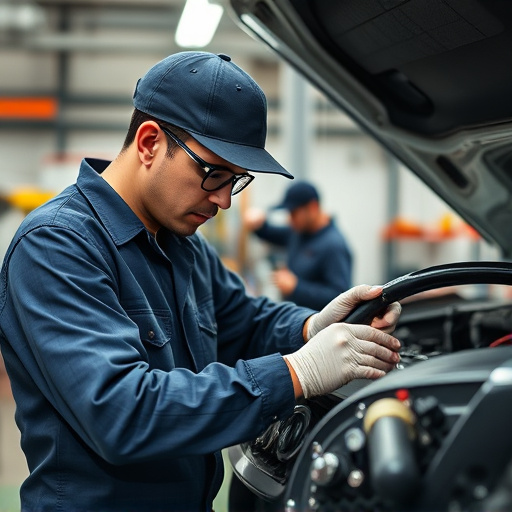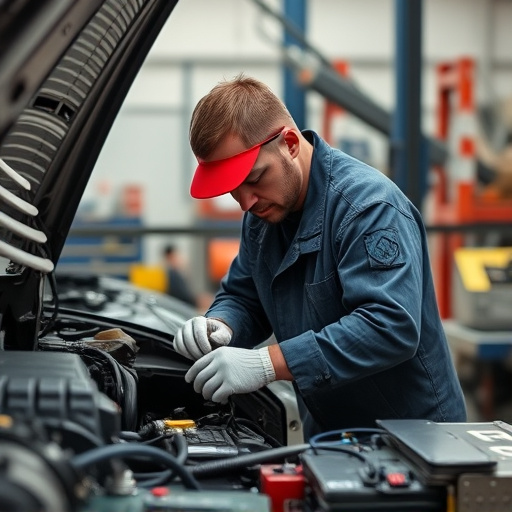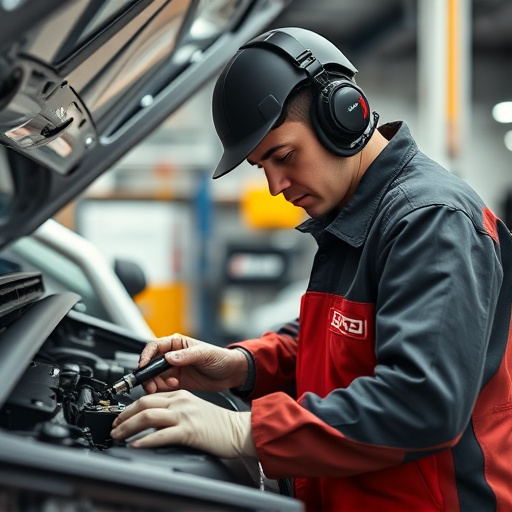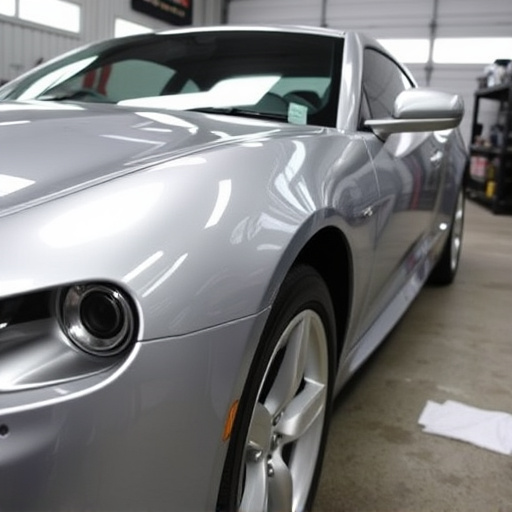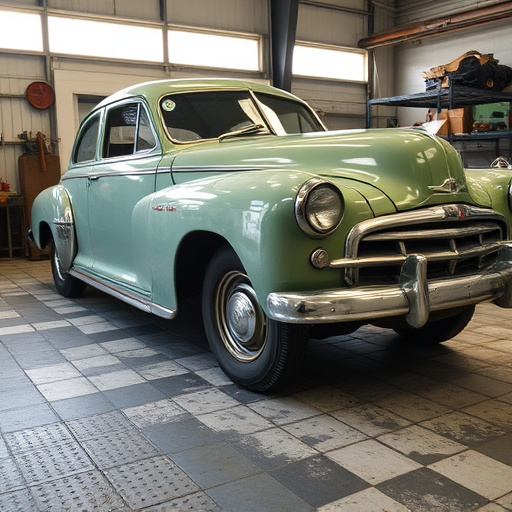Corrosion from water and oxygen damages metal vehicles over time, particularly after aftermarket repairs using inferior parts lacking OEM's built-in anti-corrosion properties. Hidden corrosion can lead to costly repairs. Choosing high-quality anti-corrosion materials during repairs – whether OEM or aftermarket – is crucial for maintaining vehicle longevity, preventing rust, and ensuring structural integrity in varying climates, especially for frequently replaced parts like auto glass. Reputable brands adhering to industry standards offer the best protection.
In the automotive industry, corrosion is a persistent enemy that can compromise the integrity and performance of vehicle components. When it comes to repairs, understanding the distinction between aftermarket and original equipment manufacturer (OEM) anti-corrosion materials is crucial for long-lasting results. This article explores the critical role of anti-corrosion solutions in aftermarket repairs, examining their impact and comparing them to OEM parts. We’ll also uncover best practices for selecting effective, durable anti-corrosion materials.
- Understanding Corrosion and Its Impact in Aftermarket Repairs
- Anti-Corrosion Materials in OEM vs Aftermarket Parts: A Comparison
- Best Practices for Selecting Long-Lasting Anti-Corrosion Solutions
Understanding Corrosion and Its Impact in Aftermarket Repairs

Corrosion is a natural process that occurs when metals interact with substances like water and oxygen, leading to the degradation of their surface. In the context of aftermarket repairs, understanding this phenomenon is paramount due to the varied quality and composition of materials used. Aftermarket components might not possess the same anti-corrosion properties as Original Equipment Manufacturer (OEM) parts, making vehicles more susceptible to rust and decay over time. This can result in weakened structural integrity, compromising safety and the overall aesthetic appeal of the vehicle, particularly in popular models like Mercedes Benz repair scenarios.
In auto body repair, especially with vehicle paint repair, corrosion can cause hidden damage that may go unnoticed during initial inspections. It’s a silent enemy that, if left unchecked, can lead to costly repairs down the line. Anti-corrosion materials play a pivotal role in safeguarding against these issues. By employing specialized coatings and undercoats designed to inhibit corrosion, aftermarket repairs can match or even exceed OEM standards, ensuring vehicles remain in top condition for extended periods.
Anti-Corrosion Materials in OEM vs Aftermarket Parts: A Comparison
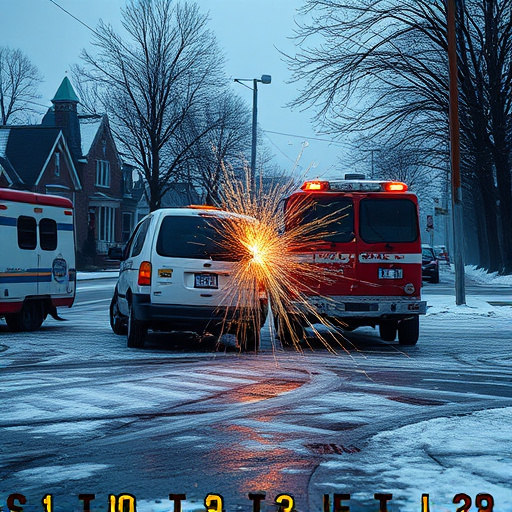
In the realm of automotive repairs, the choice between original equipment manufacturer (OEM) and aftermarket parts can significantly impact the long-term durability and performance of a vehicle, especially when considering anti-corrosion materials. OEM parts are designed and manufactured by the vehicle’s original producer, ensuring they meet specific standards and specifications for the car model. These parts often incorporate advanced anti-corrosion technologies, such as galvanization, which provide an extra layer of protection against rust and corrosion. This is particularly crucial for exterior components like fenders, doors, and body panels that are continuously exposed to varying weather conditions.
Aftermarket parts, on the other hand, are produced by third-party manufacturers and while they offer a wide range of options at competitive prices, their anti-corrosion treatments may vary. Some aftermarket suppliers use similar processes to OEM manufacturers, ensuring comparable corrosion resistance, but others might cut costs by employing less effective methods. For instance, in scenarios involving auto glass replacement or fleet repair services where parts are frequently replaced, the longevity of anti-corrosion coatings could differ significantly between OEM and aftermarket products, impacting the overall quality and safety of the car body shop repairs.
Best Practices for Selecting Long-Lasting Anti-Corrosion Solutions
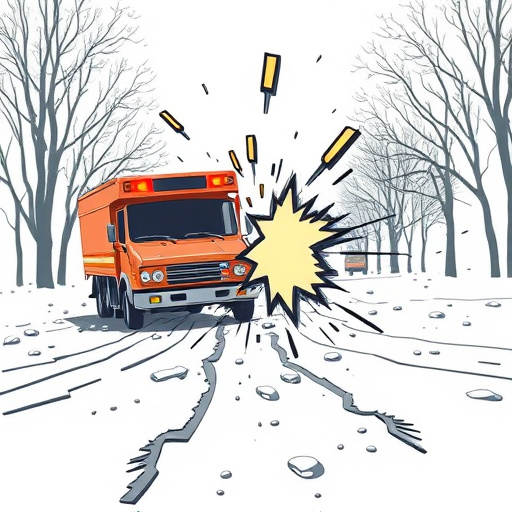
When selecting anti-corrosion solutions for either aftermarket or OEM repairs, it’s crucial to consider several best practices that ensure longevity and durability. First, evaluate the specific environmental conditions where the restored vehicle will operate. Different regions have varying levels of humidity, salt content in air, and other corrosive elements that can impact material selection. Choosing materials designed to withstand these challenges is essential for sustained protection.
Second, verify the quality and reputation of the anti-corrosion products. Opting for well-regarded brands known for their effectiveness and durability is a prudent step. Additionally, understanding the product’s application process and ensuring it aligns with industry standards for proper installation will maximize the anti-corrosion solution’s performance. For collision repair centers or car restoration services, adhering to these guidelines can significantly enhance the longevity of repairs, ensuring customer satisfaction and reducing the need for frequent replacements.
In conclusion, selecting the right anti-corrosion materials is paramount in both OEM and aftermarket repair scenarios. Understanding the unique corrosion challenges of each context allows for informed choices that enhance part longevity. By comparing OEM and aftermarket options, implementing best practices, and staying updated with advancements in anti-corrosion technology, professionals can ensure superior repairs, reduced maintenance costs, and enhanced vehicle performance over time.
